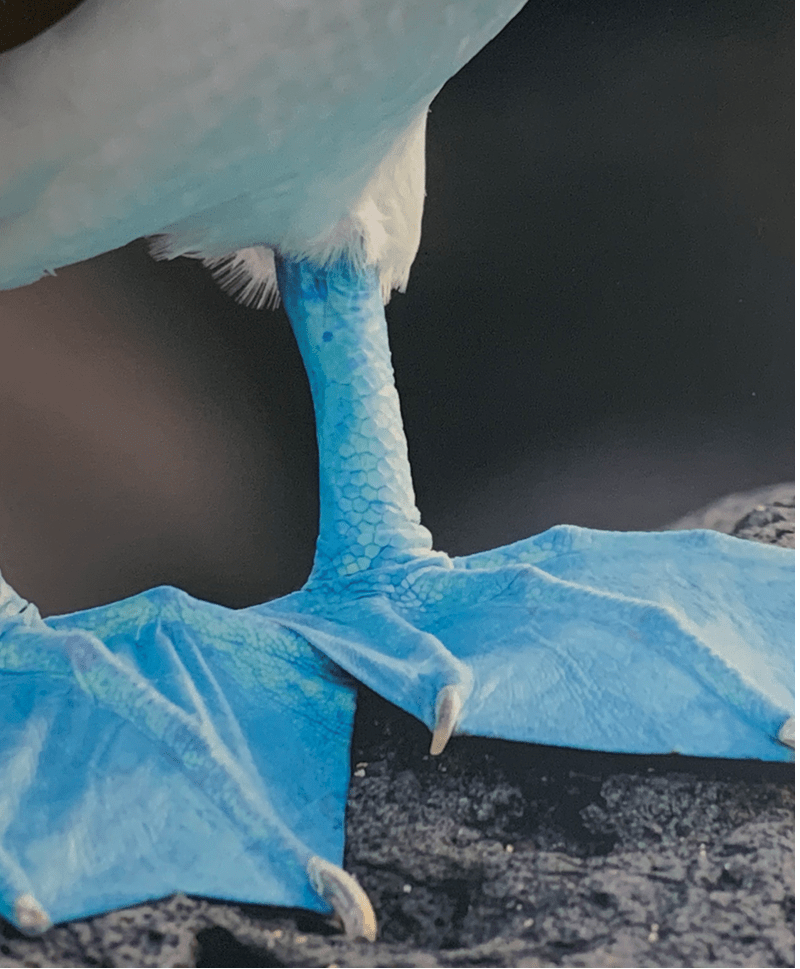Our top six Latin American wildlife experiences not to be missed
The incredibly diverse and vast natural landscapes of Latin America have a breath-taking array of exotic species. From the colourful birdlife of the Galápagos to the pumas of Patagonia, discover the wildlife at the heart of some of South Americas exciting holiday experiences.
Here are our top six…
PUMA TRACKING IN CHILE
Go puma tracking in Torres del Paine National Park, Chilean Patagonia.

While you’ll be surely thrilled by the soaring towers and serrated massifs of Torres del Paine, the rich and varied wildlife of this spectacular national park comes as a surprise. Undoubtedly the most sought-after sighting is of the Andean Mountain lion or puma. These graceful creatures are well camouflaged, so to spot them in a typically short visit to the park requires skill and patience. However, your chances are good here, as you are guided by an experienced tracker familiar with their habitat and movements. This guided experience gives priority to finding and photographing a puma or two while you enjoy the splendour of the national park’s landscapes. You’ll venture out in small groups with your trackers and spend much of the day in pursuit of a glimpse of these graceful creatures – not guaranteed, but in such a gorgeous place it’s a worthwhile activity in any event.
WHALE WATCHING IN ARGENTINA
Enjoy the sight of southern right whales arriving in the waters off the Valdes Peninsula.
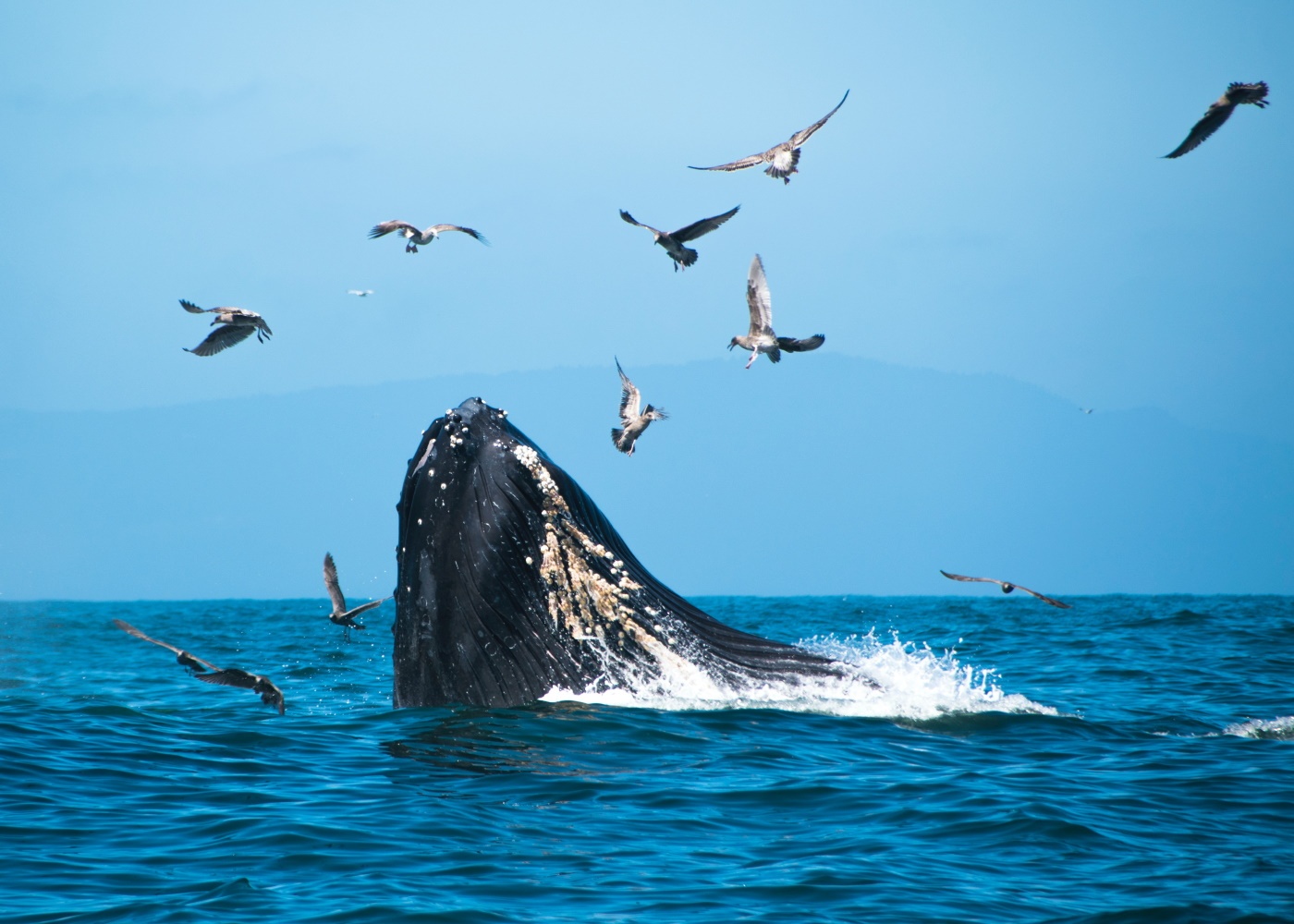
If your timing is right, a visit to the Valdes Peninsula could bring with it the unforgettable sight of southern right whales arriving from Antarctica to breed in warmer climes. Between June and December, the 15m giants of the southern seas birth and nurse their calves in these waters. The sight of an enormous tail slapping the surface of the ocean, or a barnacle-encrusted head rising above it, inspires a level of awe and wonder few other wildlife sightings can match.
SEE MIGRATING BUTTERFLIES IN MEXICO
Witnessing the monarch butterfly migration in Mexico should be on every nature-lover’s bucket list.
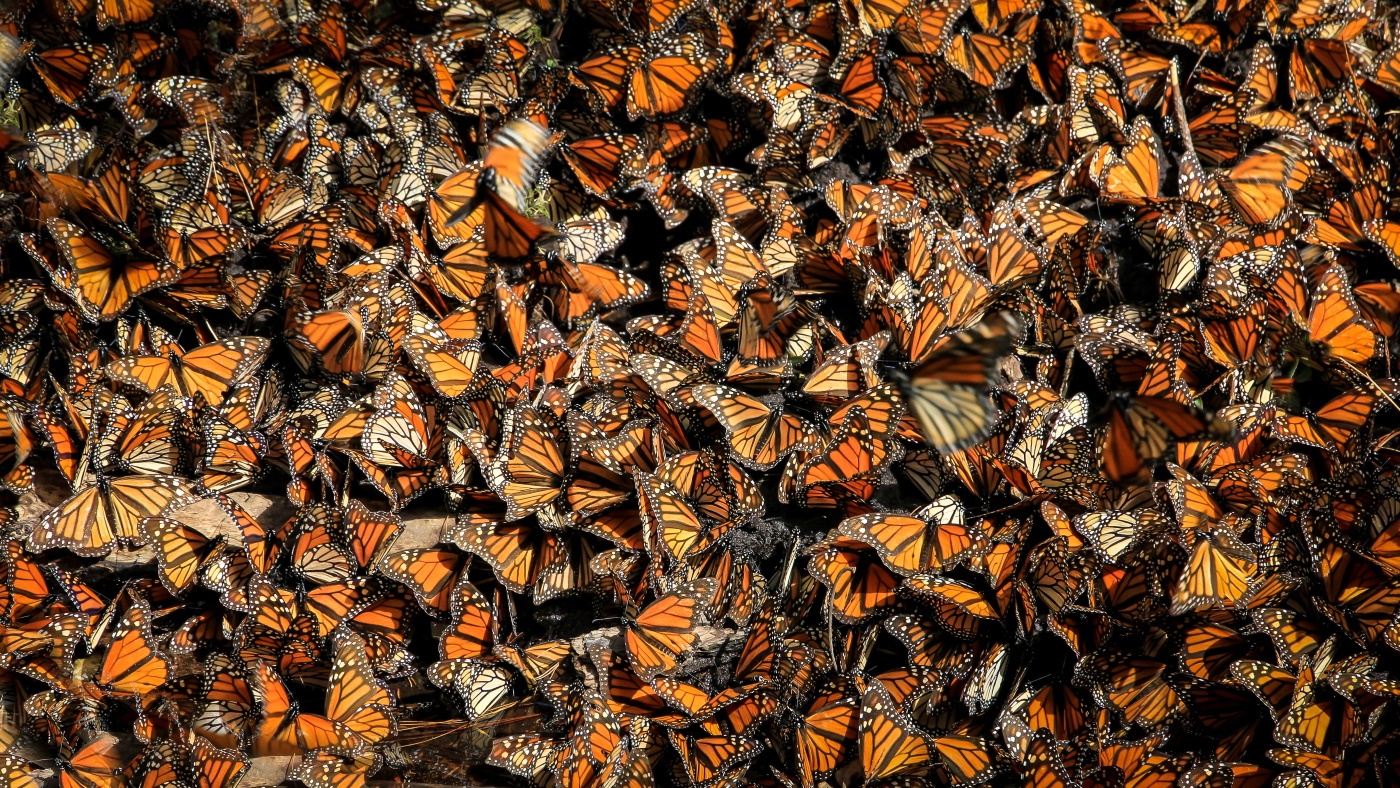
Every November, the forest located between the Mexican states of Michoacan and Estado de Mexico is covered in fluttering orange, black, and white wonders. As part of their migration cycle, monarch butterflies fly around 2,800 miles from Canada and the United States to spend the coldest months of the year in warmer lands. The monarch butterfly has the longest migration trajectory of any insect, and their journey is a wonder in itself. These beautiful creatures start their long flight in August and arrive during the first days of November to the tall trees they’ll call home until Spring. Around 200 million butterflies will arrive to the protected areas of the Monarch Butterfly Biosphere Reserve, which is now a World UNESCO Heritage Site..
NESTING TURTLES IN COSTA RICA
Watch an extraordinary natural event take place on Tortuguero’s beaches as giant leatherback turtles arrive en masse to lay their eggs.
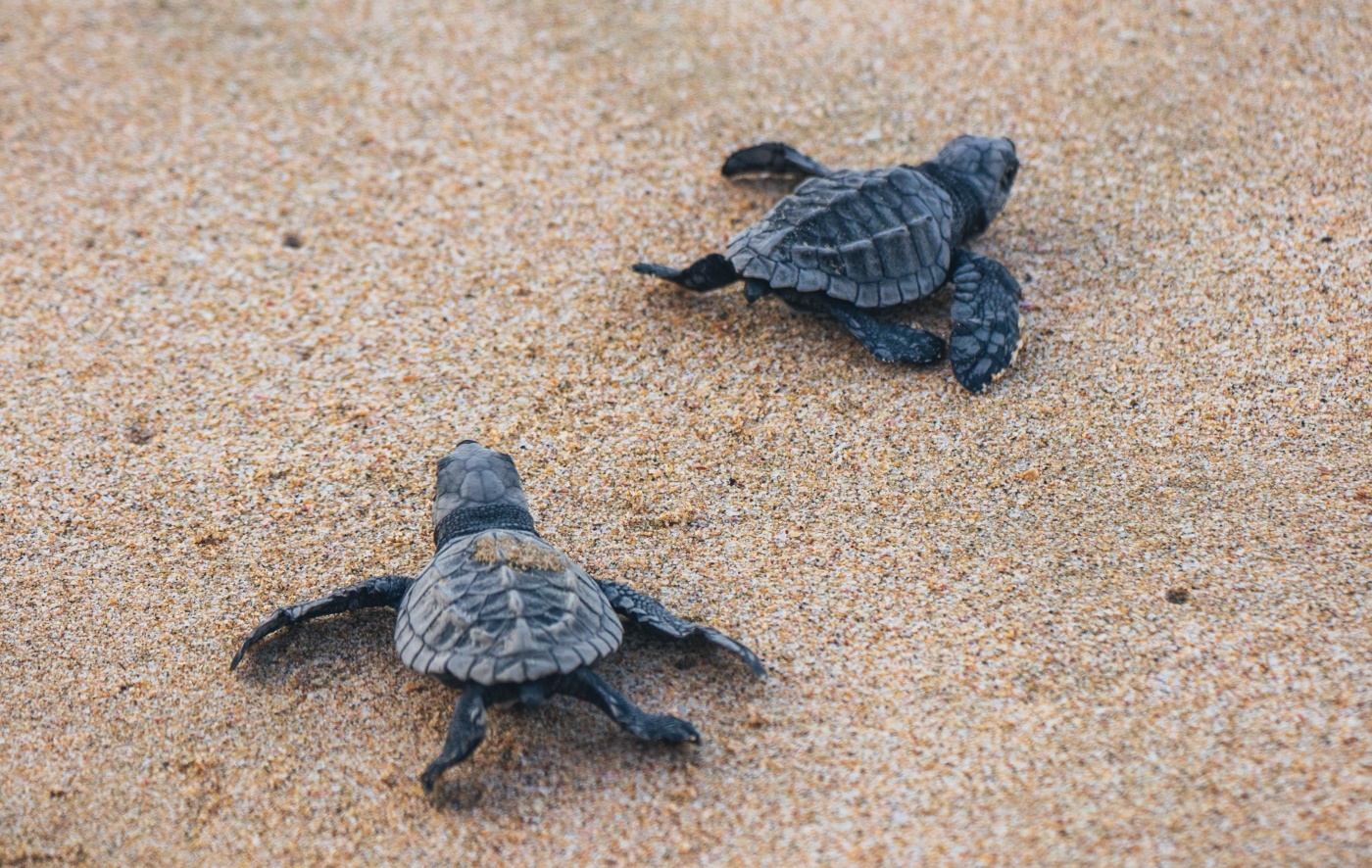
Tortuguero is an important habitat for the famous leatherback turtle, an ocean giant often measuring as much as 2m in length and weighing up to 600kg. These remarkable creatures return to the beach on which they were born to give birth to the next generation between March and June, and if your timing is right you could have the privilege of witnessing this humbling spectacle for yourself. It is an extremely impressive, even moving sight as hundreds of sea turtles crawl up the beach on flippers little accustomed to land, seeking a safe nesting place for their young. Once the mothers have laid their eggs – usually over 100 per nest – they cover them with sand and return to the ocean.
Over the next few nights, visitors can observe the new born turtles emerging from the shelter of their eggs and struggling towards the sea. The few that survive will one day come back to this very beach to play their part in the endless natural cycle.
VISIT JAGUARS IN BRAZIL
Jaguars are shy and elusive, but you stand the best chances of seeing one at the Refúgio Caiman in Brazil’s southern Pantanal wetlands.
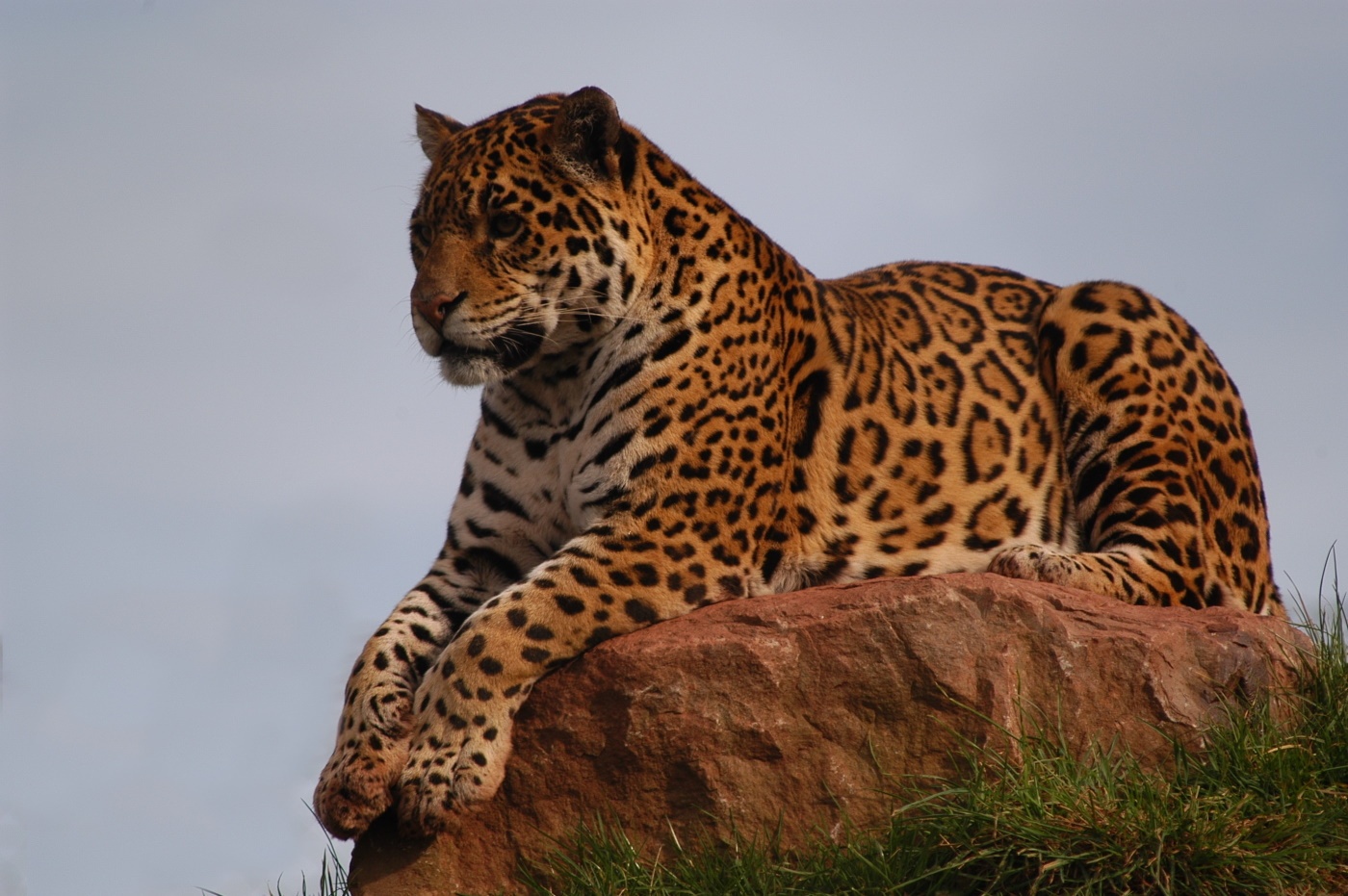 Thanks to the ground-breaking conservation work of the Onçafari Jaguar Project, up to 50 jaguars roam freely in this area. The Onçafari Jaguar Project is one of the first of its kind in Latin America. It’s a non-profit organisation set up five years ago. The aim is to promote conservation through sustainable eco-tourism and generate far-reaching associated benefits for the Pantanal. Jaguars are shy creatures and for their conservation to be a success they must lose some of their fear of humans. Oncafari uses methods first pioneered with leopards in South Africa, making for a world first in the habituation of Jaguars.
Thanks to the ground-breaking conservation work of the Onçafari Jaguar Project, up to 50 jaguars roam freely in this area. The Onçafari Jaguar Project is one of the first of its kind in Latin America. It’s a non-profit organisation set up five years ago. The aim is to promote conservation through sustainable eco-tourism and generate far-reaching associated benefits for the Pantanal. Jaguars are shy creatures and for their conservation to be a success they must lose some of their fear of humans. Oncafari uses methods first pioneered with leopards in South Africa, making for a world first in the habituation of Jaguars.
It is worth making an important distinction. Habituating an animal is very different from domesticating it. When a Jaguar is habituated it stops perceiving vehicles as a threat and acts normally in our presence. It still remains a completely wild animal. Project Oncafari’s attempts to re-wild two orphaned jaguar cubs was the subject of a BBC Two Documentary, Jaguars: Brazil’s Super Cats. Jaguars are wild animals so it can not be guaranteed that guests will see one during their stay, but the odds are certainly highest at Refúgio Caiman in Brazil’s southern Pantanal wetlands.
BIRD WATCHING IN THE GALÁPAGOS
Welcome to the Galápagos Islands, where wildlife enjoys a fearless existence free from predators and unthreatened by man.The archipelago is home to an astounding range of bird species, from penguins to pelicans and cormorants to comical blue-footed boobies.
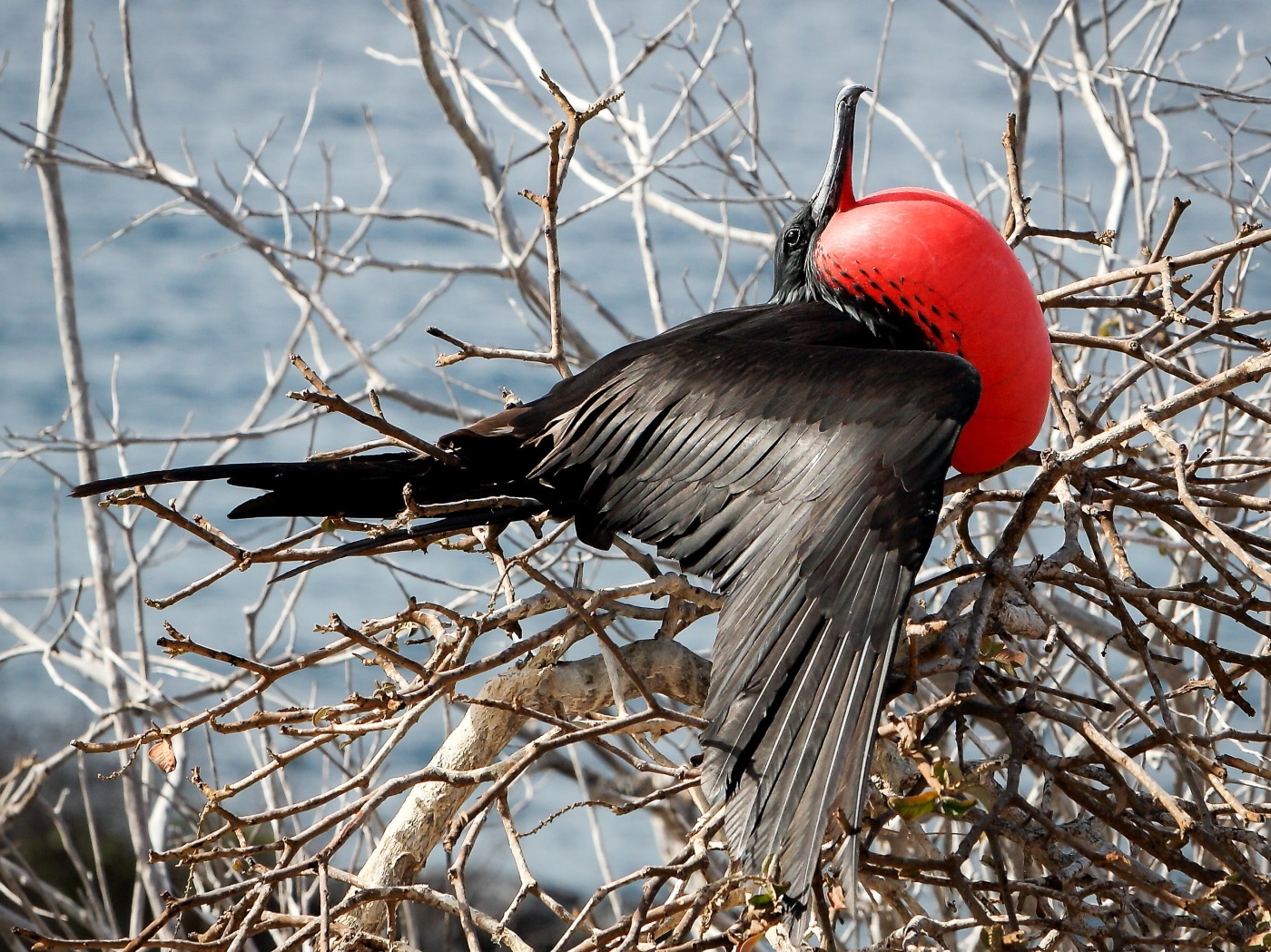
There’s something magical about the Galápagos Islands. They are, of course, known as the Enchanted Isles – and they sit adrift of mainland Ecuador in isolation in the Pacific Ocean – for centuries far removed from the influences of mankind.
Born from volcanoes thrusting their way through the surface of the waters, the islands twisted lava, jagged cliffs and scrubby forest seem an unlikely habitat for wildlife. But there is a phenomenal array of trusting bird and reptile species, not to mention undersea marine animals, have settled and evolved here, to the delight of visitors, including Darwin himself.
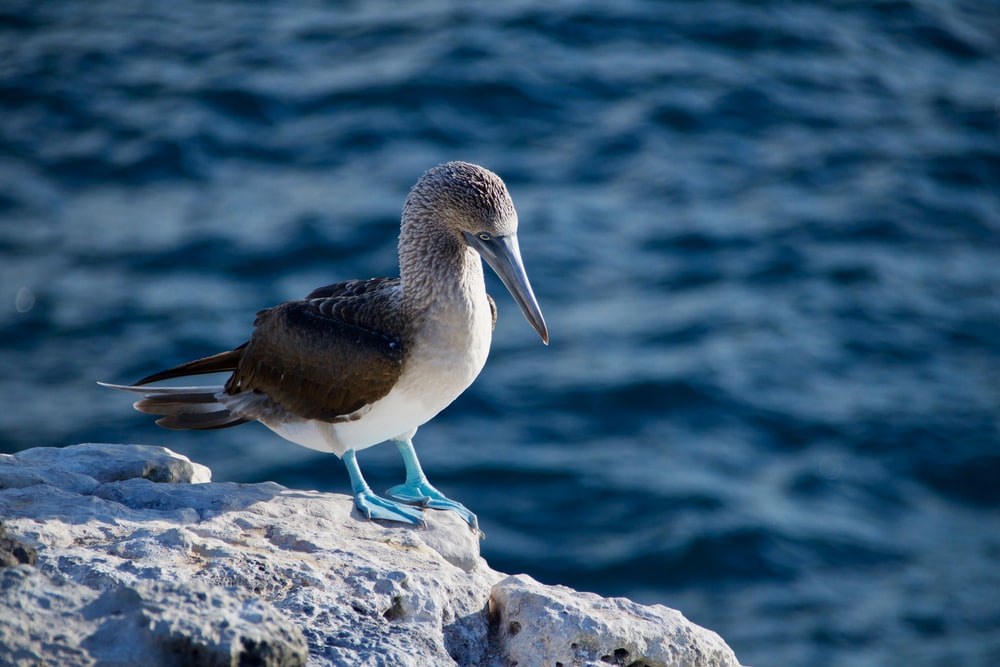
There are so many unique experiences on the islands at your feet:
Watch the lumbering giant tortoises; nesting albatrosses; flirting frigate birds; comical boobies; wrinkly iguanas and frolicking sea-lions from a cruise or land-based adventure. Or climb a volcano; kayak to a white sand beach; or swim with hammerhead sharks.
Stroll with sea birds and snorkel with penguins, sea lions and marine iguanas on guided expeditions in the pristine natural wonderland of the Galápagos.
Imagine a natural sanctuary where giant tortoises plod beside marine iguanas, while penguins and sea lions dart through an ocean brimming with tropical marine life…
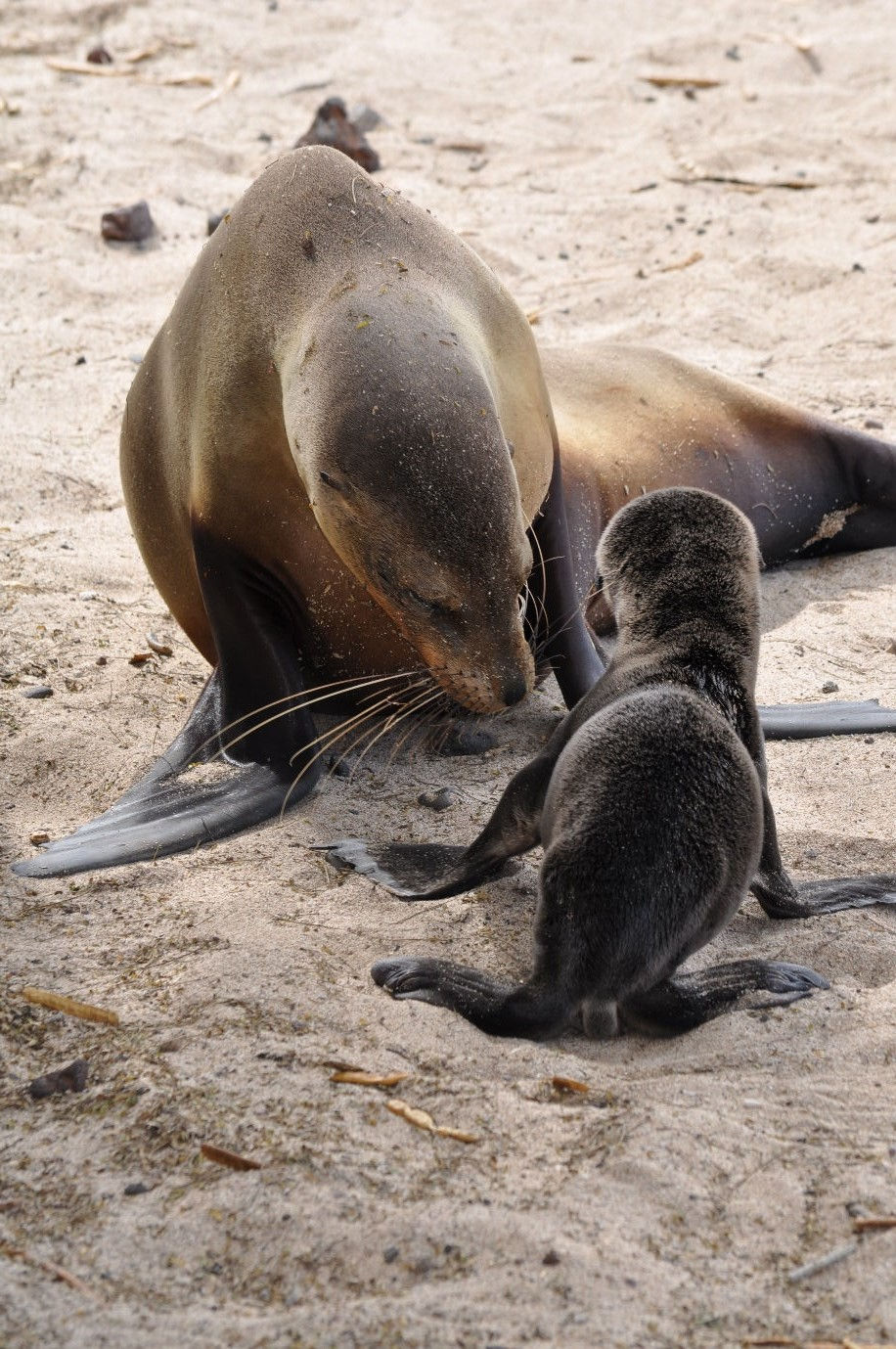
No matter which islands you visit, you’ll see wildlife in huge numbers and from very close range – these exotic creatures are completely unfazed by your presence. You can walk among languid colonies of iguanas and sea birds, snorkel with playful sea lions and watch blue-footed boobies perform their delightful mating dance right before your eyes. Between June and October there’s even a chance of sighting humpback whales breaching beside your boat.
Each island is surprisingly different to the next, both geographically and ecologically, and we can help you choose an itinerary that visits particular habitats if you are keen to see a specific species. However, the truth is that there isn’t a corner of the archipelago that won’t enchant wildlife lovers, and the simple privilege of sharing this unique environment with the creatures who call it home is enough to make any visit a richly rewarding experience.
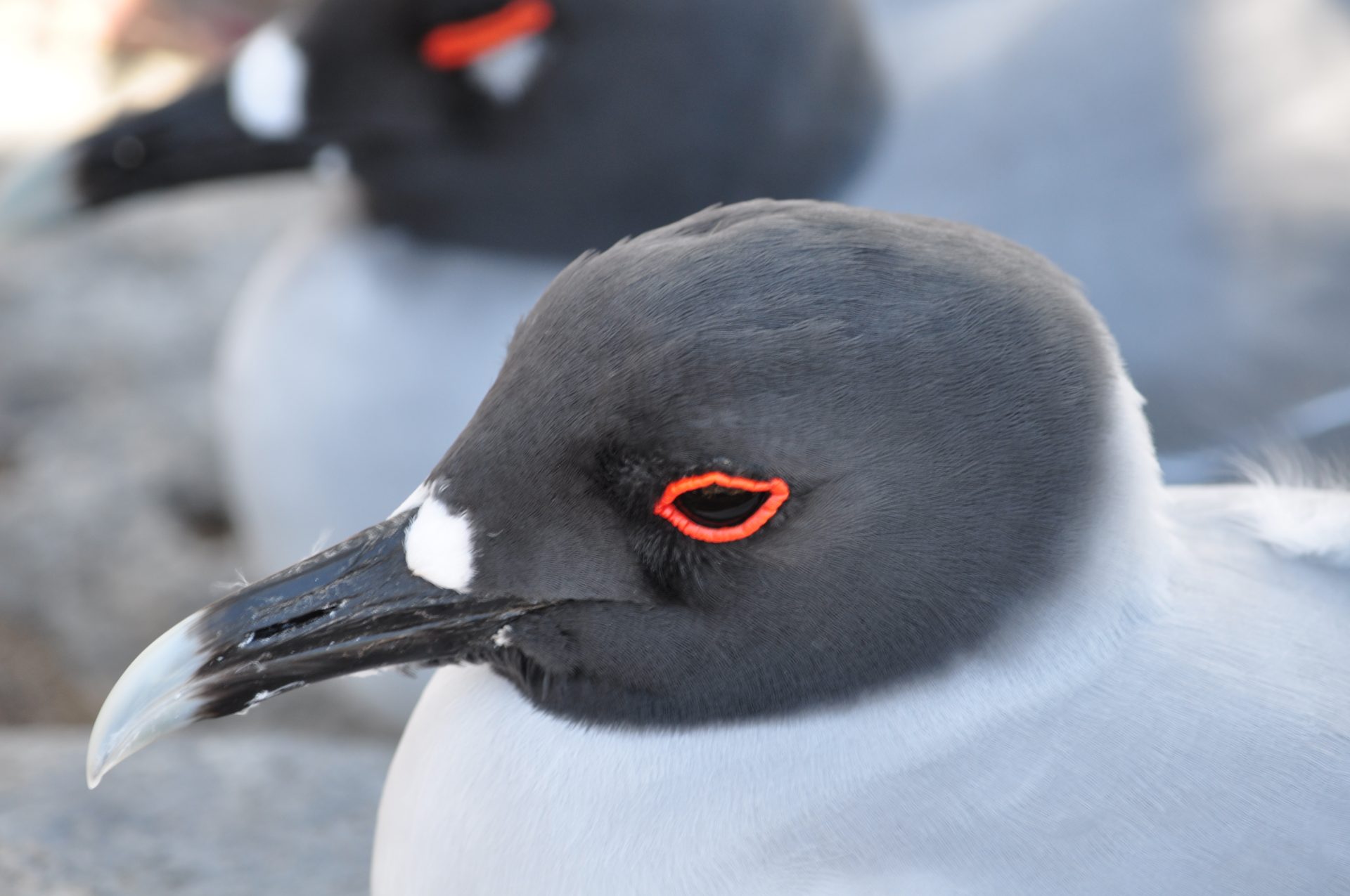
At Wildlife Escapes we are 100% committed to protecting the natural habitats and diverse wildlife of Latin America. We follow best practice supporting sustainable and responsible travel to Latin America and are committed to protecting the incredible people, natural habitats and the diverse wildlife of the continent we love. We advocate responsible tourism practices for any experiences involving animals are in place. We work closely with our partners locally to improve standards by raising awareness of animal welfare concerns. Just ask us if you have any questions about these amazing holiday experiences.
